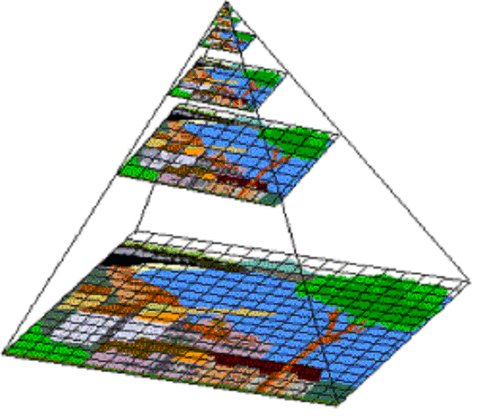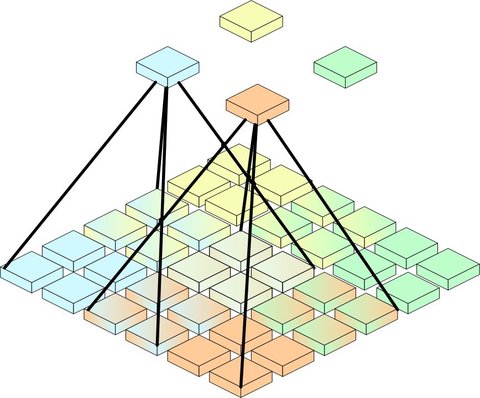Project Docs
Optical Coherence Tomography (OCT)
OCT is a process in which the tightness of layers in the human eye can be visualized with the aid of a light beam. For this purpose, the displacement of the waves and the intensity of the reflected light are measured and evaluated. The advantages of this method is that it is a contactless method that can be used as often as required and quickly. It is mainly used for diagnosing and examining the success of therapy in inflammatory maculopathies. This is damage to the point on the retina where the human eye can see most clearly (macula).
Algorithms used for segmentation in the thesis
During our semester thesis, we examined various segmentation methods and tested your ability to segment the OCT images. The properties of the images basically only allowed a few algorithms for a more detailed investigation. Due to the following properties of the images, neither the pixel-based nor the edge-based methods came into question for our purpose.
- The images are very noisy.
- There are a lot of reinforcements in the pictures, some of which cannot be distinguished from the actual information in the picture.
- The relevant area of the image is very small in relation to the size of the image and therefore has a rather small resolution.
We found two algorithms that are particularly suitable for this type of image for our purpose: the pyramid linking and the graph-based algorithm.
Pyramid linking process
The pyramid linking process is a process in which a so-called dissolution pyramid is used. Here is an example of an image pyramid:

A resolution pyramid consists of a base that also corresponds to the original image. On top of this are further layers that are smaller in size than the base area, and thus show the picture with a smaller opening. The pixels in the upper layer are called father pixels, those in the lower layer are called child pixels. In the pyramid linking algorithm, the values from a 4 x 4 pixel grid are used to calculate the mean value of the parent pixel.

This grid - also called the kernel - is then shifted by 2 columns or rows. This means that the next higher level is exactly half the height and half the width of the lower level. With this method, a child pixel has an influence on the mean value of 4 father pixels. A check is now made for each child pixel to which of its 4 possible parent pixels it has the smallest difference. This father pixel is then set as the current father. In a next step, the mean values of all parent nodes are calculated. The child pixels are then reassigned to the next parent node and their mean value is recalculated. These steps are repeated until neither an assignment father child nor a mean value changes.